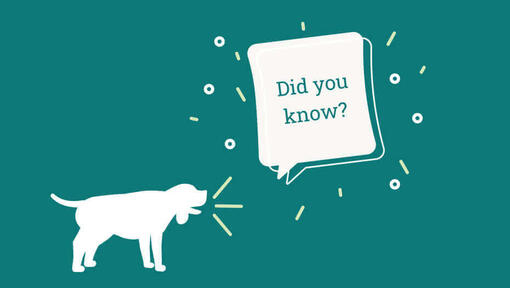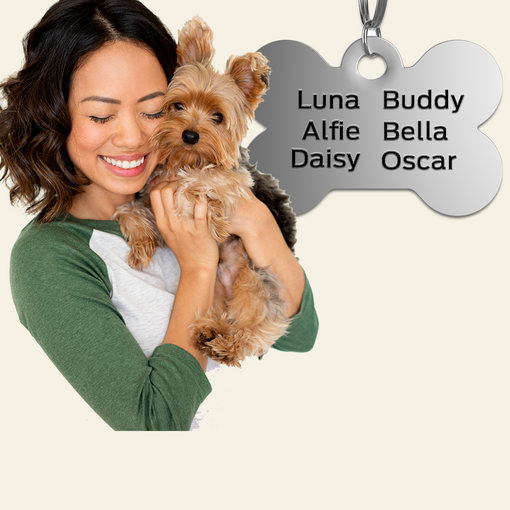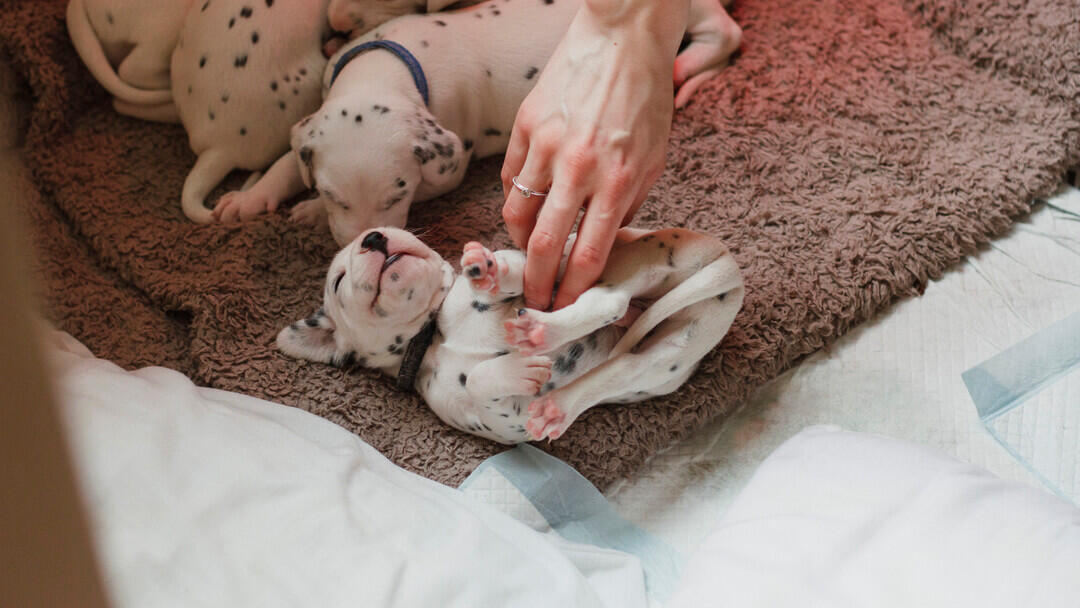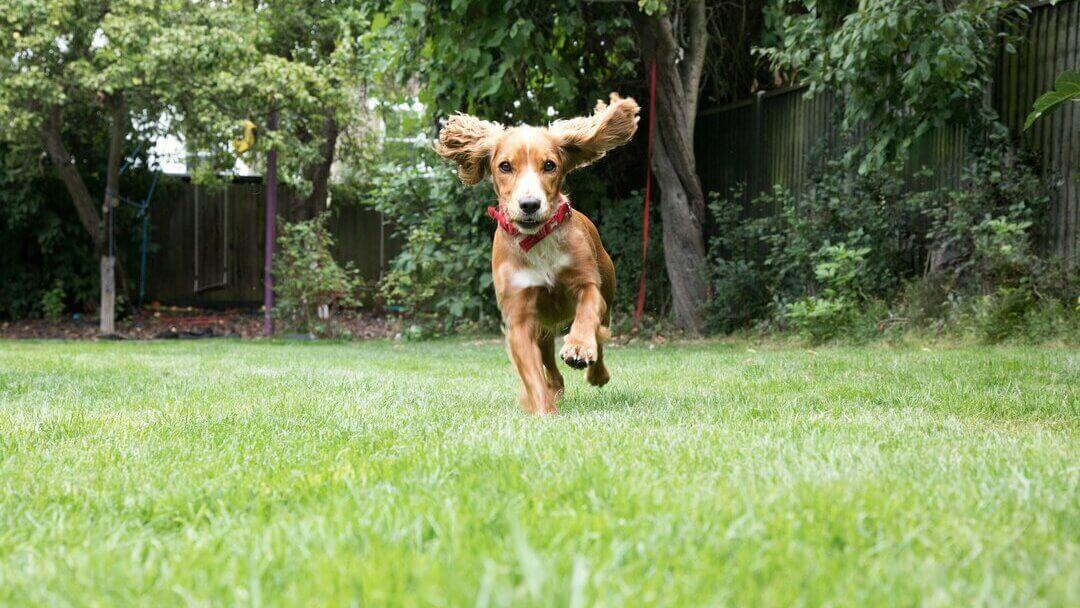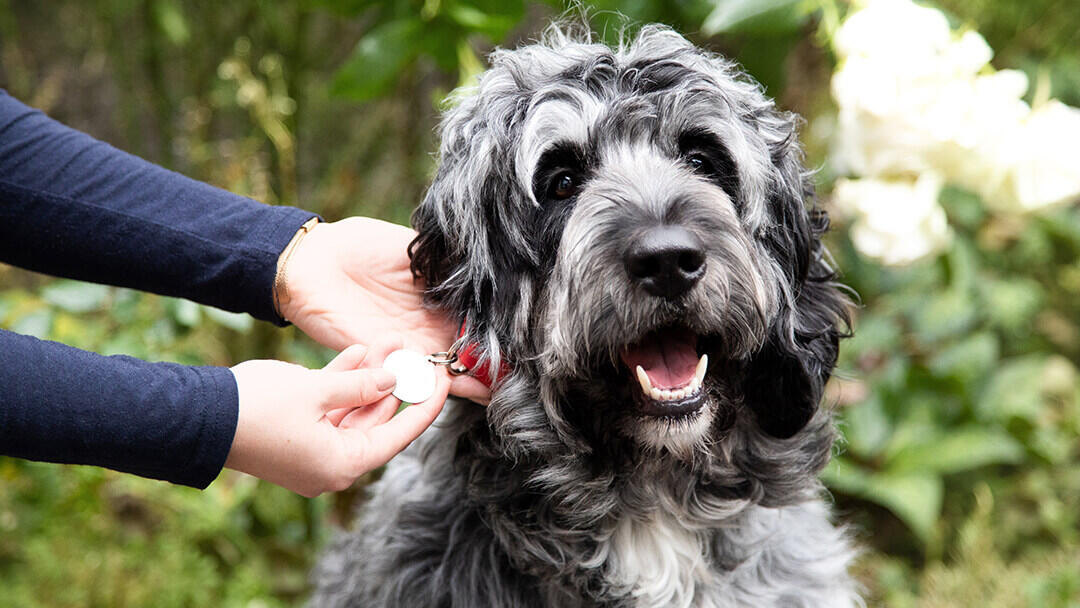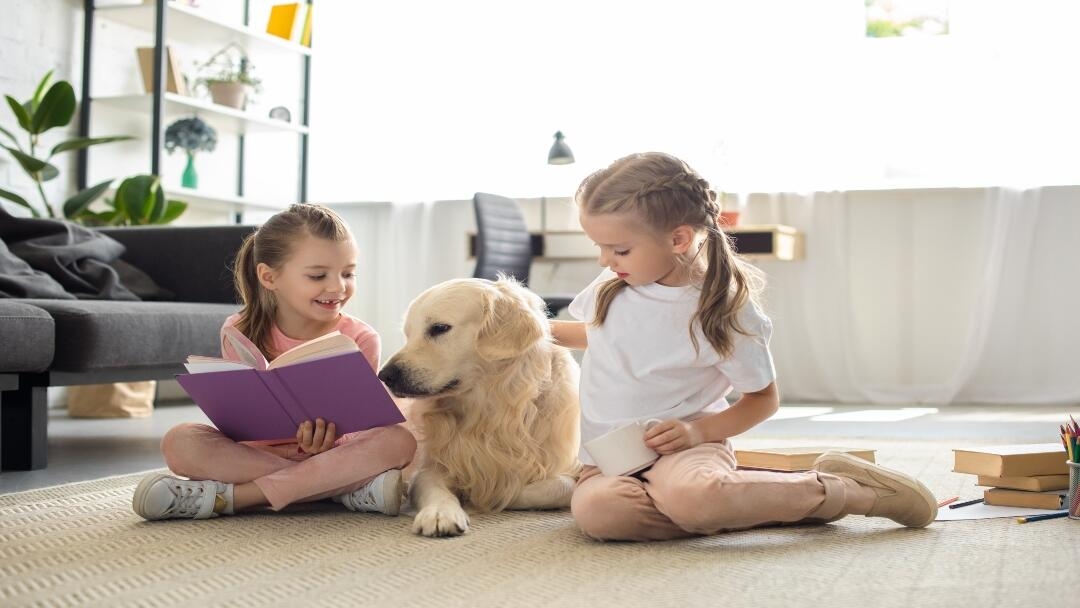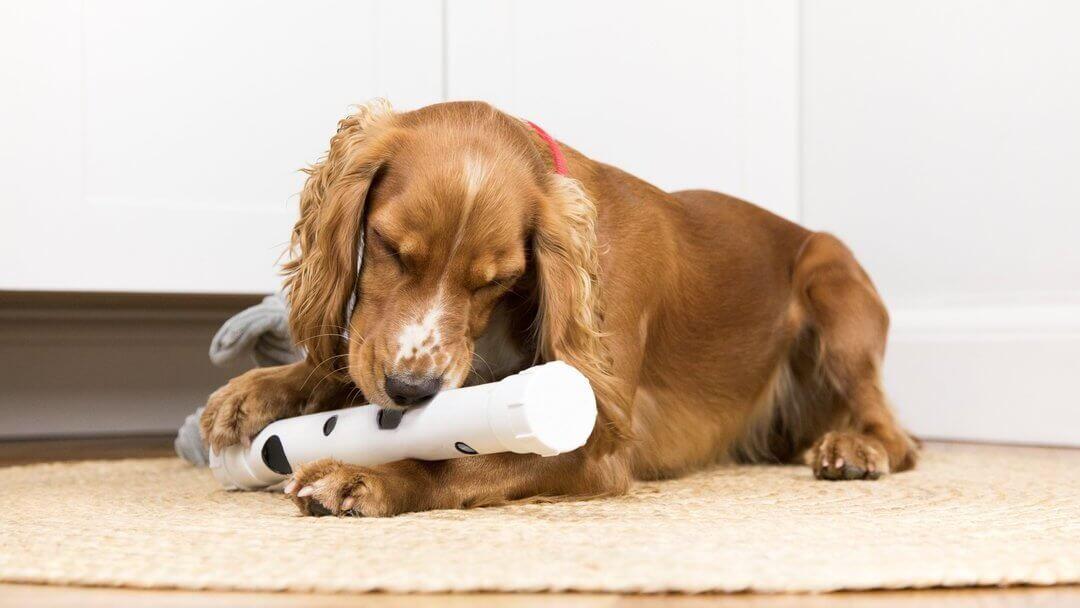
Where the Beaglier can only be traced back by a few decades, the two combined breeds have a much deeper history. For one, the Beagle is the smallest of the British pack-hounds - and was developed many centuries ago to hunt hare - and also when hares were scarce, rabbits. They were created as ‘foot hounds’ i.e. for hunters to follow on foot rather than horse-back, hence their diminutive size when compared to larger pack hounds such as the Foxhound. Most hounds were owned by nobility and the Beagle was no different, and in fact for a while was known as the ‘Royal Beagle’, but the ability to be able to follow them without a horse, made them become more popular with less regal sportsmen. Their happy cheerful disposition won them many devotees from outside of the sporting field and they moved from the hunting field to the show ring with ease at the end of the 19th century, becoming one of the most popular of the hounds and a much-loved companion dog.
The Cavalier King Charles Spaniel on the other hand is a fairly recent breed and is the latest of the English Toy Spaniels, firstly being bred in the 1920s in an attempt to recreate the famous dogs of King Charles. The name Cavalier was added to distinguish them from the older King Charles Spaniel.
Up until the 19th century, the King Charles Spanaiel had a pointed muzzle, but in the Victorian era it became fashionable to breed dogs with shorter faces - and before long the King Charles became a flat-faced breed (as it still is today).
In 1926 however, an American called Roswell Eldridge visited England and was upset not to be able to see the dogs he had admired in art - and so for five years running he offered prizes at Crufts for the best ‘long faced King Charles Spaniel’. This started a movement which led to the formation of the Cavalier King Charles Club in 1928, although it took until 1945 for the two breeds to be separately recognised. As the years passed, this new breed became far more popular and went on to become the UKs best loved toy breed.
The Beaglier can have any combination of the two breeds in their appearance, behaviour and temperament.





